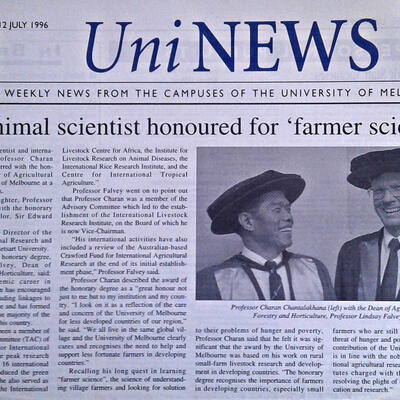
Comparative genome sequence analysis to identify disease and traits related genes under different selection pressures during chicken domestication
Technically, advanced genome technology makes it possible to assess huge number of single nucleotide polymorphisms (SNP) for molecular evolution and genetic diversity studies. Comparative genome analysis between Korean native and African chicken breeds makes it possible to reliably identify genome region-controlling economic traits which can be implemented in chicken breeding programs. Comparative molecular evolution analysis between African chicken population that have survived from outbreaks of chicken disease and Korean native chicken population to identify a reliable genome region associated with disease resistance.
Economically, outbreak of chicken disease such as Avian influenza causes huge amount of economic loss in Korean poultry industry. It is necessary to breed a chicken breed with strong resistance to chicken disease. Economic loss from Avian influenza in 2008 was 6.324 billion won.
Socially, a breed of chicken with strong resistance to disease will contribute to safe meat production for Korean society. Prevention of chicken disease will save social, direct and infrastructure costs.
Objectives:
• To identify candidate genes associated with disease resistance and economic traits through an analysis of signature of selection (SOS) between Asian and African lineage poultry.
• To conduct statistical modeling of marker-assisted gene introgression (MAI) based on disease resistance and economic trait-related genes (loci).
• To characterize inheritance pattern for coat colour in Korean native chicken and development of DNA marker for sex discrimination.
Location: Kenya, Korea
Outputs:
• Acquisition and development of high quality of genetic analysis skills through international research collaboration with ILRI
• Acquisition of valuable genetic resources for poultry research community in Korea through international research collaboration with ILRI. chicken breeds that have long historical genetic background of chicken domestication
• Identification of selective sweep genome regions associated with disease resistance and economic traits in chicken
• Identification of reliable candidate genes and genetic polymorphism from the detected selective sweep genome region
• Development of statistical models for marker-assisted gene introgression using detected candidate genes (marker loci) from the selective sweep genome region of disease resistance
Contact: Steve Kemp

















